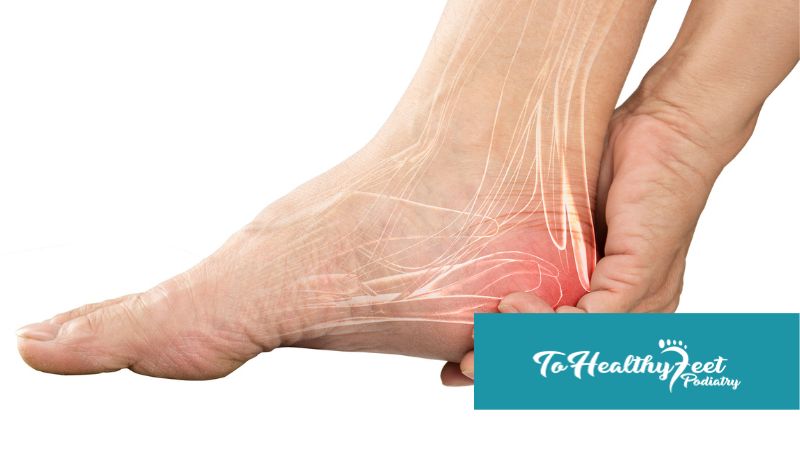Foot pain can be a real hindrance to our daily lives, affecting our ability to walk, exercise, and enjoy various activities. Two common causes of foot pain are plantar fasciitis and heel spurs. Although they share some similarities, these conditions are different and require specific treatment approaches. In this blog, we will explore the differences between plantar fasciitis and heel spurs, helping you understand the causes, symptoms, and treatments for each. With this knowledge, you can take the right steps to address your foot pain and find relief.
Plantar Fasciitis - Inflammation of the Foot's Arch
Plantar fasciitis is a condition characterized by the inflammation of the plantar fascia, a thick band of tissue that connects the heel bone to the toes. The plantar fascia supports the arch of the foot and acts as a shock absorber during movement. The condition commonly arises from repetitive stress or overuse of the feet, such as prolonged standing, running, or wearing improper footwear. Individuals with plantar fasciitis often experience stabbing pain in the heel or arch of the foot, particularly during the first steps in the morning or after long periods of rest.
Heel Spurs - Bony Growth on the Heel Bone
Heel spurs, on the other hand, are bony growths that develop on the underside of the heel bone. These growths are often the result of long-term strain on the foot's muscles and ligaments, leading to the deposit of calcium in the heel area. Contrary to popular belief, heel spurs themselves may not cause pain. The pain associated with heel spurs is typically due to the inflammation of the surrounding tissues, such as the plantar fascia. People with heel spurs may experience a dull ache or tenderness in the heel, especially during activities that place pressure on the feet.
Diagnosis and Treatment
While plantar fasciitis and heel spurs may share similar symptoms, they require different approaches for diagnosis and treatment. A healthcare professional, typically a podiatrist, can accurately diagnose the condition through a physical examination and may order imaging tests, like X-rays or MRI, to confirm the diagnosis. Treatment for plantar fasciitis often includes rest, stretching exercises, orthotic inserts, and anti-inflammatory medications. Physical therapy and night splints may also be recommended.
For heel spurs, the focus is on relieving the inflammation and pain caused by the bony growth. Similar treatments used for plantar fasciitis, such as rest, ice, orthotics, and anti-inflammatory medications, can be beneficial for heel spurs as well. In severe cases, corticosteroid injections or extracorporeal shock wave therapy (ESWT) may be considered to reduce inflammation and alleviate pain.
Prevention and Self-Care
Prevention and self-care play significant roles in managing both plantar fasciitis and heel spurs. Wearing proper footwear with adequate arch support and cushioning can reduce the strain on the feet during daily activities. Stretching exercises, particularly for the calf muscles and plantar fascia, can help maintain flexibility and prevent excessive tension in the foot. If you are engaging in activities that put significant stress on your feet, such as running or standing for long hours, it's essential to take regular breaks and give your feet ample rest.
Plantar fasciitis and heel spurs may cause similar foot pain, but they are distinct conditions with unique causes and treatments. Understanding the difference between these two conditions can empower you to seek appropriate medical attention and adopt effective self-care practices. If you experience persistent foot pain, especially in the heel area, consulting a podiatrist for a proper diagnosis and personalized treatment plan is essential. By taking proactive steps and caring for your feet, you can find relief from foot pain and continue to live an active and fulfilling life.
Written on behalf of To Healthy Feet.




